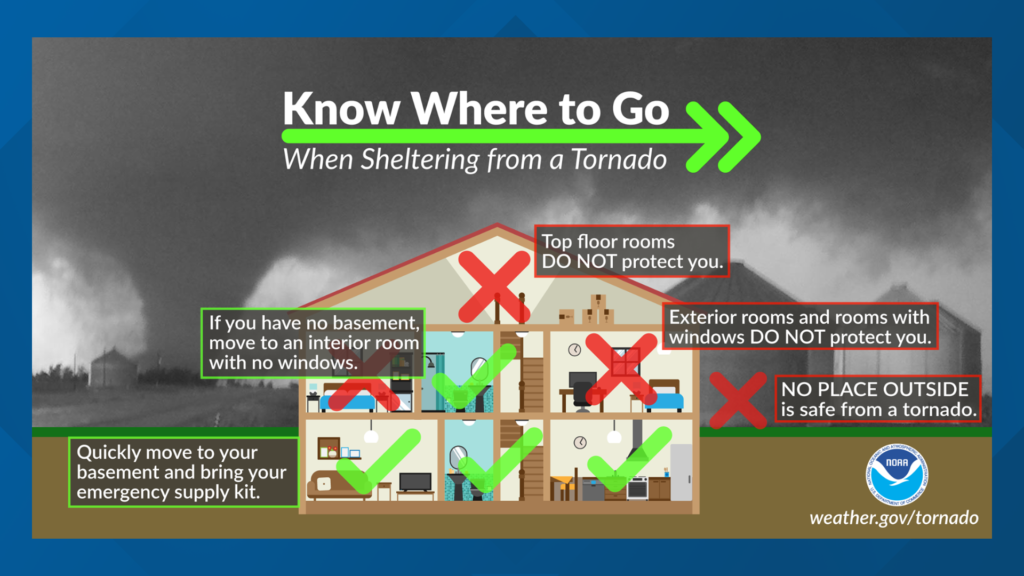Shelter & Warmth: Your first 72 hours of sheltering in place
What does Shelter and Warmth look like to your family within the first 72 hours of a disaster? That can completely depend on the two options, Shelter in Place or Evacuate. We are going to consider both situations to help design your Ready Plan.

First, you must assess if you can shelter in place. Is your home in need of immediate repairs? Do you have the supplies and know how to fix it enough to stay? Can you get supplies depending on the devastation to the area? Do you have what you need to maintain communication, security, and defense of your homestead? Do you have electricity or a backup generator? Is everyone physically ok to stay at home and is the homestead even a safe to shelter in place, i.e. the potential for live wires to be exposed or fall into your area? Do you have enough food and water for the first 3 days? Are you able to care for pets and livestock? All these are questions to help you come up with a MRP for your first 72 hours. What are some questions you have asked that have helped you with being prepared to Shelter in Place?

Evacuation is very real to some parts of the US than others. With the fires out west, the families know all too well that you don’t have an option to shelter in place. Those preparations are very different because you have to take your shelter and warmth with you. You can go to a shelter, but that doesn’t mean you will be warm, or have food and water, nor do many take your pets. You certainly don’t take all your belongings and they aren’t fond of your choice in “every day carry.”

If you know you are going to only be gone three days, that is a little easier MRP than say leaving for longer, but how many times do we even know the duration we will be gone?
If you have older children they can participate in their own supplies, but for babies and toddlers, those supplies are put back on the adult so those ratios become more complex. You certainly must scale back on what you need. You can bring a container with a water filter if you know there will be water. You can bring freeze-dried food to help with the weight of what you have to bring and carry. Medications will depend on the needs and some need to be refrigerated. You will need to get creative about your security if you are going to a shelter. If you have an RV that you take on the road, you must be prepared to have enough gas and the ability to leave early enough so you are not stuck in the evacuation traffic with everyone else.
There are many of you that have evacuated your home and have gained first-hand knowledge from that experience. What can you share with us, the MyReadyPlan community?
What you have learned to help with this process, emotionally and physically? Leave nothing to chance and create your MyReadyPlan today…start by taking our assessment!
Get ready, so you are ready, when you gotta be ready!
Author: VRigsby